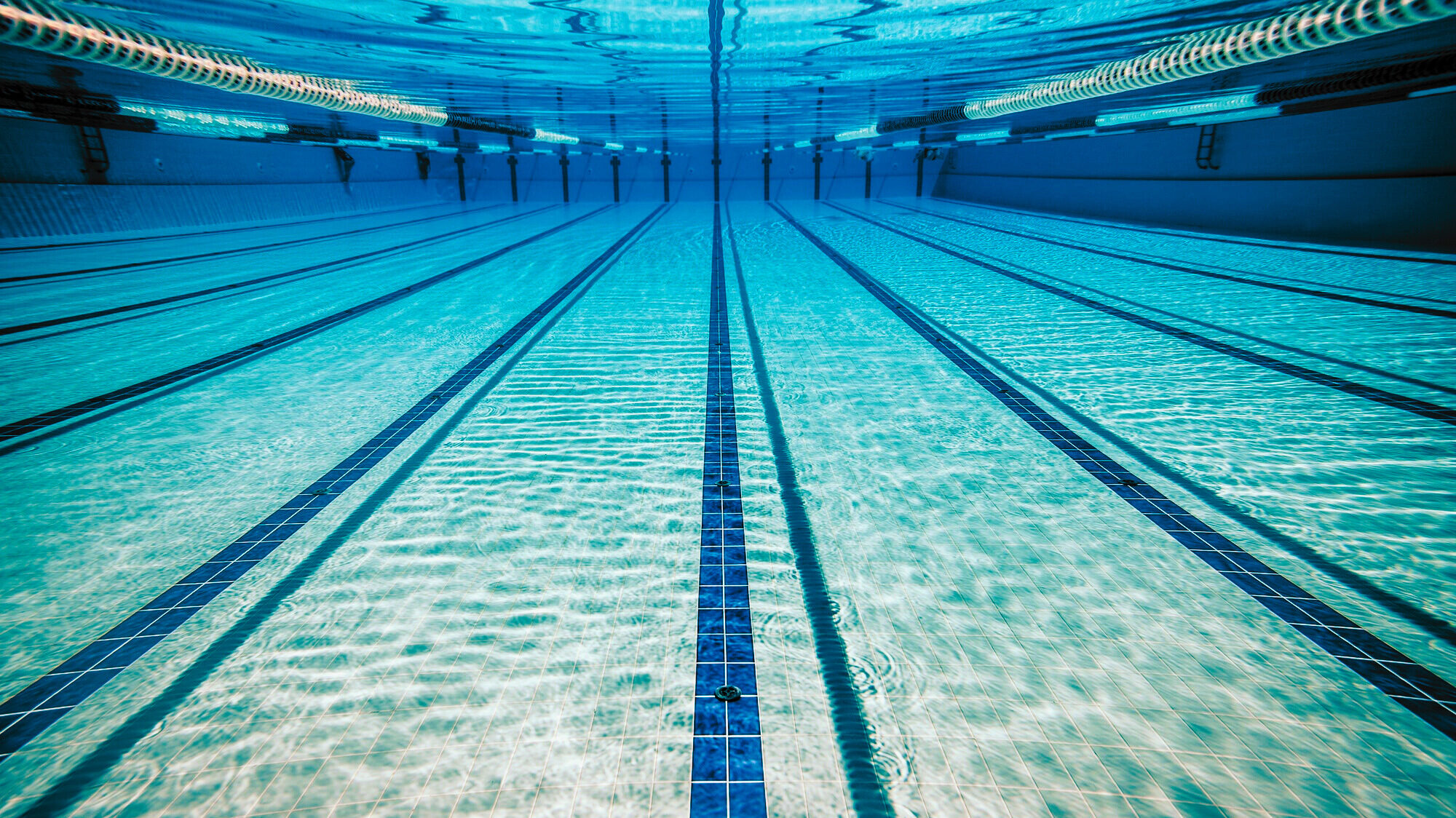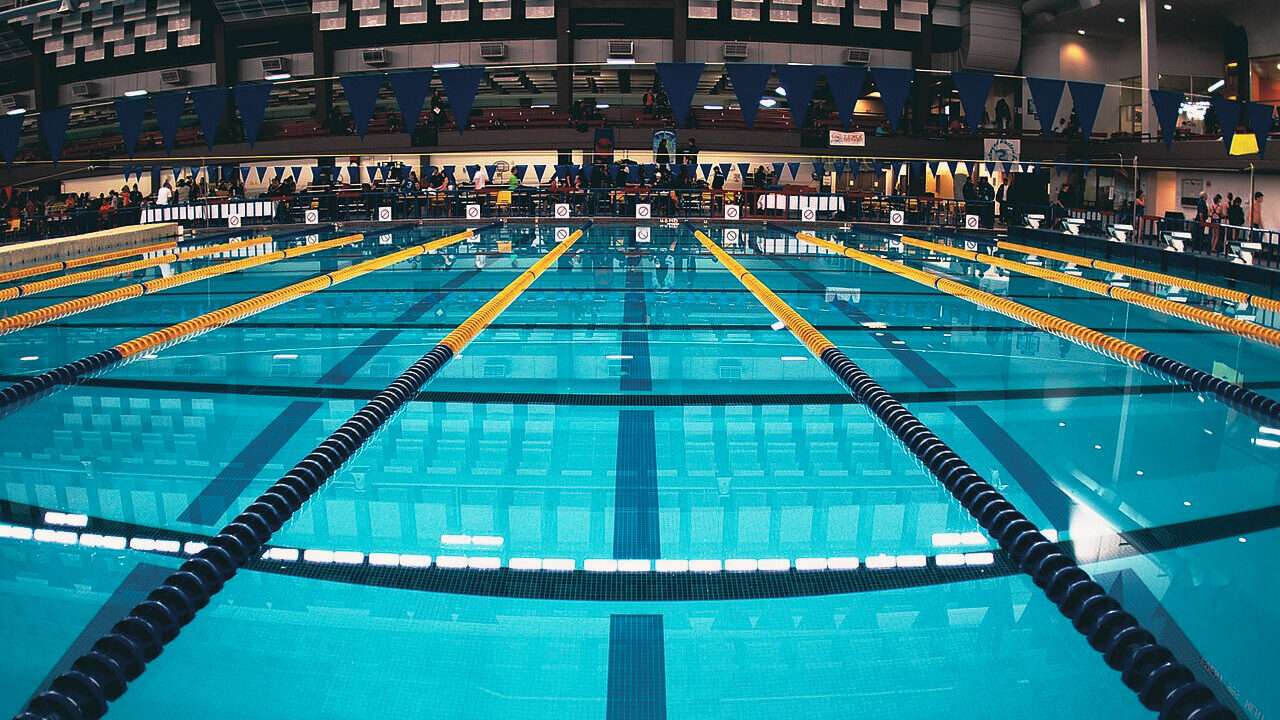Maintaining the appropriate chemical balance in your swimming pool is essential, which helps to ensure clean, safe, and nice water. We should also keep this in mind: modifying the pH, and lye (sodium hydroxide) is usually used to increase the pH of a pool. You are in the right place if you have been wondering how much lye is needed for a 22-foot pool. This guide will help you better understand the requirements and ensure you use the appropriate amount of lye.
What Is Lye?
Another name for lye is sodium hydroxide, which is a very basic substance that is used in many applications, including pool maintenance, and in many places. Lye helps bring the water’s pH back to a neutral level when it gets too acidic, which is bad for our skin.
Keep the pH level constant.
Prevents corrosion:
Maintaining the proper pH balance helps shield the pool’s surfaces and equipment from harm.
Improves chlorine effectiveness:
Correct pH levels ensure that chlorine works effectively to disinfect the water.
Improves comfort:
Balanced pH prevents eye and skin irritation for swimmers.
Amount of Lye Needed
To determine how much lye is needed for a 22 ft pool, you need to consider several aspects, which include the following:
Current pH Level:
Using a test instrument, determine the pool’s current pH level.
Desired pH Level:
Establish the desired pH level, which is typically neutral for human skin and ranges from 7.4 to 7.6.
The pool’s capacity:
Determine the pool’s total volume in gallons or liters. However, it should be easier for you to calculate in grams.
How to calculate a pool’s volume

If you want to correctly calculate the volume of your pool, there are several elements you need to be aware of. These elements include:
A = area
w = width
D = depth
h = height
L = length
V = volume
d = diameter
r = radius
Pi = 3.14 constant
First, estimate the volume of your pool. For a circular pool, use the following formula: Volume=π×(D2)2×Depth\text{Volume} = \pi \times \left(\frac{D}{2}\right) ^2 times \text {Depth} Volume=π×(2D)2×Depth
where:
π\piπ (pi) is about 3.14.
D is the pool diameter.
Depth\text{Depth} Depth is the pool’s typical depth.
For a 22-foot-diameter pool with an average depth of 4 feet:
Volume=3.14×(222)2×4\text{Volume} = 3.14 \times \left(\frac{22}{2}\right)^2 \times 4 Volume= 3.14×(222) 2×4 Volume=3.14×112×4\text{Volume} = 3.14 \times 11^2 \times4 4Volume=3.14×112×4 Volume=3.14×121×4\text{Volume} = 3.14 \times 121 \times4 4Volume=3.14×121×4 Volume approximately 1,522 \text{cubic feet}volume≈1,522 cubic feet\text{volume}
To convert one cubic foot to seventy-eight gallons, use this formula: Volume≈1,522×7.48\text{Volume} \approx 1,522 \times7.48 8 Volume≈1,522×7.48 Volume≈11,400 gallons\text \approx 1,400 gallons} 1,400 gallons\text gallons} Volume≈11,400 gallons
Lye measurement
The amount of lye required depends on how much the pH needs to be raised. Typically, to increase the pH by 0.1 in 10,000 gallons of water, you need about 1 pound of lye.
For a 22-foot pool (about 11,400 gallons), the amount calculation is as follows:
Determine the need to raise the pH:
If you need to increase the pH by 0.2, for example, you will need 2 pounds of lye per 10,000 gallons.
Calculate Total Amount:
Total amount=11,40010,000×2\text{Total Amount} = \frac{11,400}{10,000} \times 2 Total Amount=10,00011,400×2 Total Amount: 2.28 pounds\text{total amount} = 2.28 \text{pounds}total amount=2.28 pounds.
Thus, you would need 2.3 pounds of lye to increase the pH by 0.2 in a 22-foot pool.
How to Add Lye to Your Pool
Safety precautions
Lye is a caustic substance and should be taken with care. Lye is a harmful substance, but dissolving it in an accurate amount will help us remove bacteria from water.
Put on protective clothing:
Use protective gear like gloves, goggles, and a mask to protect yourself. Otherwise, it might affect our skin.
Manage with caution:
Steer clear of direct skin and eye contact. Which can affect our skin and eyes.
Add lye to pool

Dissolve the lye
Pour the estimated amount of lye into the pool after dissolving it in a bucket of water. This helps control the lye from settling on the surface of the pool.
Add slowly:
With the pump running, slowly add the liquefied lye to the pool. This results in an even distribution.
Wait and test:
Let the pool cycle for a few hours, then test the pH again. Adjust as needed.
Adjusting the pH Values
Regular testing
Test your pool pH regularly to make sure it is in the perfect range. Use pool test tools to obtain precise results.
Treatment
If the pH is different from wanted, make further adjustments using lye or another pH-adjusting solution. Do not alter anything to prevent breaking the pool.
FAQs
How broadly is water required to increase the pH of a 22-foot pool?
It will take roughly 2.3 pounds to raise the pH by 0.2 in a 22-foot pool, depending on the pool’s capacity and the pH setting that is selected.
What is the best pH value for pool water?
The ideal pH for pool water is from 7.4 to 7.6. Which is neutral to our skin and will not affect our body.
How should Lye be added to the pool?
After dissolving the resin in the water, slowly pour the mixture into the pool while running the pump to ensure even distribution.
Can Lye damage the pool?
If used accurately and in the proper amount, lye would not harm your pool. Regardless, inappropriate handling or overuse of lye can cause problems.
How frequently should I test the pH of my pool?
Regular testing is recommended, but you at least need to check it once a week, or more often in case of heavy use or after adding chemicals.
Conclusion
Deciding how broadly lye is required for a 22-foot pool concerns estimating the volume of a pool, understanding the present and preferred pH levels, and carefully adding the lye in a pool. You can maintain the ideal pH balance and provide a clean and comfortable swimming experience by following these procedures. In this way you can maintain a perfect level of pH then the water will not affect your skin, and you can swim for hours in it. But you need to check the pH level of the water regularly or once in a week.
